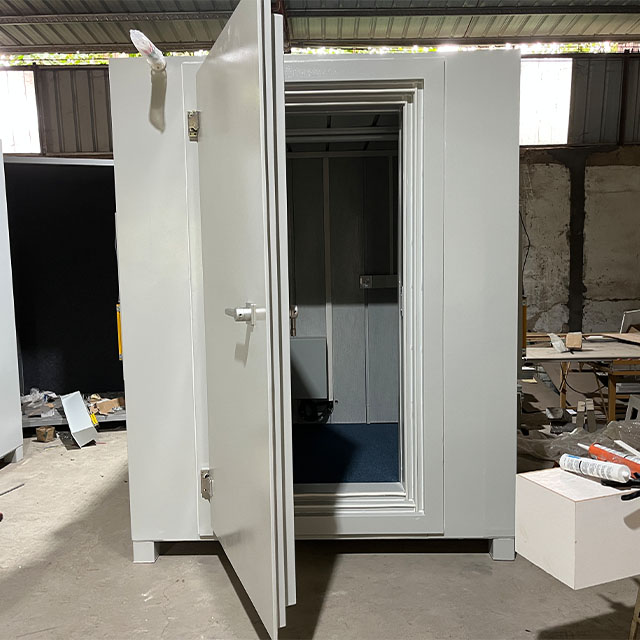The background noise value of a silent room depends on the product being tested. The noise value of the product determines how many decibels are appropriate for the silent room. There is no strict saying of how many decibels are qualified.
All products that need to test noise can be tested in a silent room. Common products include microphones, small motors, fans, air conditioners, household appliances, auto parts and other series of products. Under normal circumstances, the noise level of a silent room is around 40-20 decibels, and there is no need to test products with noise values exceeding 45 decibels. Therefore, a silent room must at least have a background noise value of 45 decibels to be qualified. If it is lower than 20 decibels, the accuracy requirements are higher, and it belongs to an anechoic chamber.
Extended knowledge:
The functions of anechoic chambers and silent rooms are the same. They are both used to test the noise level of products. The difference between the two is that anechoic chambers have higher test accuracy than silent rooms, higher acoustic requirements, more complex manufacturing processes, and higher manufacturing costs. A free sound field needs to be formed in the anechoic chamber, which is achieved by installing sound-absorbing spikes; a silent room only needs to isolate a quiet environment in a noisy environment.

